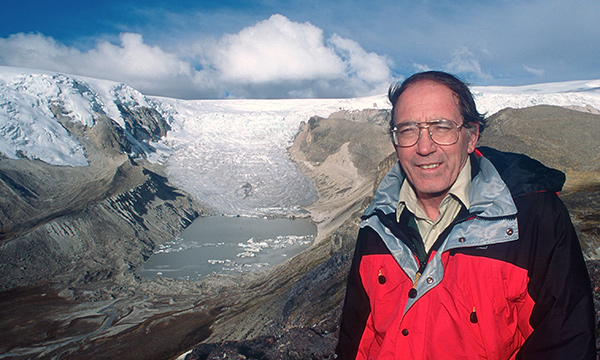
World-famous OSU researcher Lonnie G. Thompson is coming to Delaware this October.

World-famous OSU researcher Lonnie G. Thompson is coming to Delaware this October.
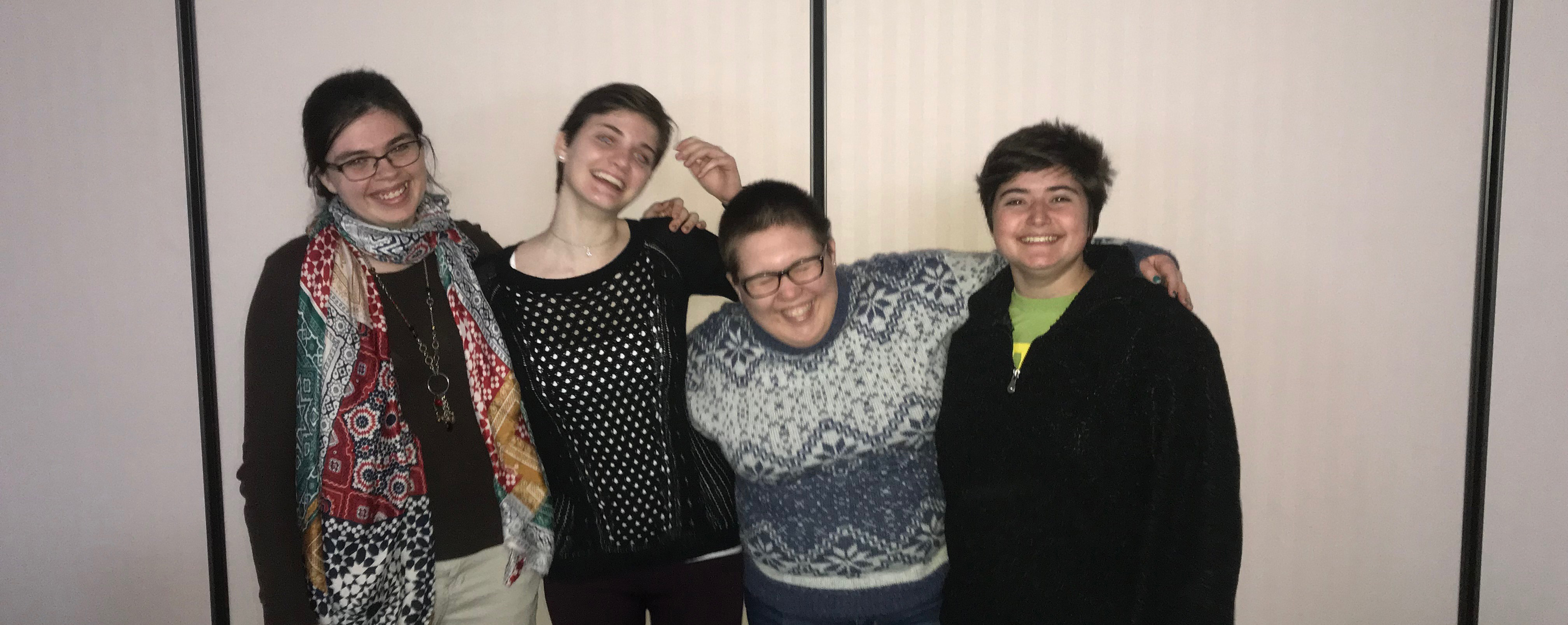
Emily Howald received the 2018 Richard B. Alexander Award for Excellence in Environmental Studies at the Environment & Sustainability Program’s year-end event, in April of 2018. Emily is currently a Graduate Fellow at The Ohio State University, in the Department of Environment & Natural Resources.
Emily exceeded the requirements of the Alexander Award, which includes
Emily also received E&S Program Honors for her research project and paper entitled “An Unlikely Alliance: Endangered Species Conservation on the Military Estate.”
Emily’s accomplishments also include, Phi Beta Kappa, Omicron Delta Kappa, Mortar Board, Phi Eta Sigma and she was awarded the Bridge Builder Golden Bishop Award.
While at OWU, Emily was instrumental in the three-year process behind our recently adopted Sustainability Plan. The plan was largely the work of students in collaboration with faculty and staff at OWU. The last year consisted of Emily meeting with diverse groups and individuals across campus, including administrators, faculty committees, campus Buildings & Grounds, food service, cleaning service, student organizations, and student government. The effort concluded with a lunch with Rock Jones, President of OWU, where she convinced him to support the adoption of the Plan.
Emily and faculty member John Krygier co-wrote a book chapter on experiences getting sustainability on the agenda at OWU with grass-roots, campus-wide efforts. The chapter was published in a book edited by OWU alumni Woody Clark (’67). Clark has been long involved with environmental and sustainability efforts. The second edition of his Sustainable Cities and Communities Design Handbook (December 2017 info here and here) contains the book chapter, entitled “‘Scrappy” Sustainability at Ohio Wesleyan University.”
Emily was the Sustainability intern during her senior year and co-chaired OWU’s Sustainability Task Force. She was involved in dozens of campus sustainability projects and exemplifies the spirit of “scrappy sustainability” at OWU. She was also involved in statewide student environmental efforts.
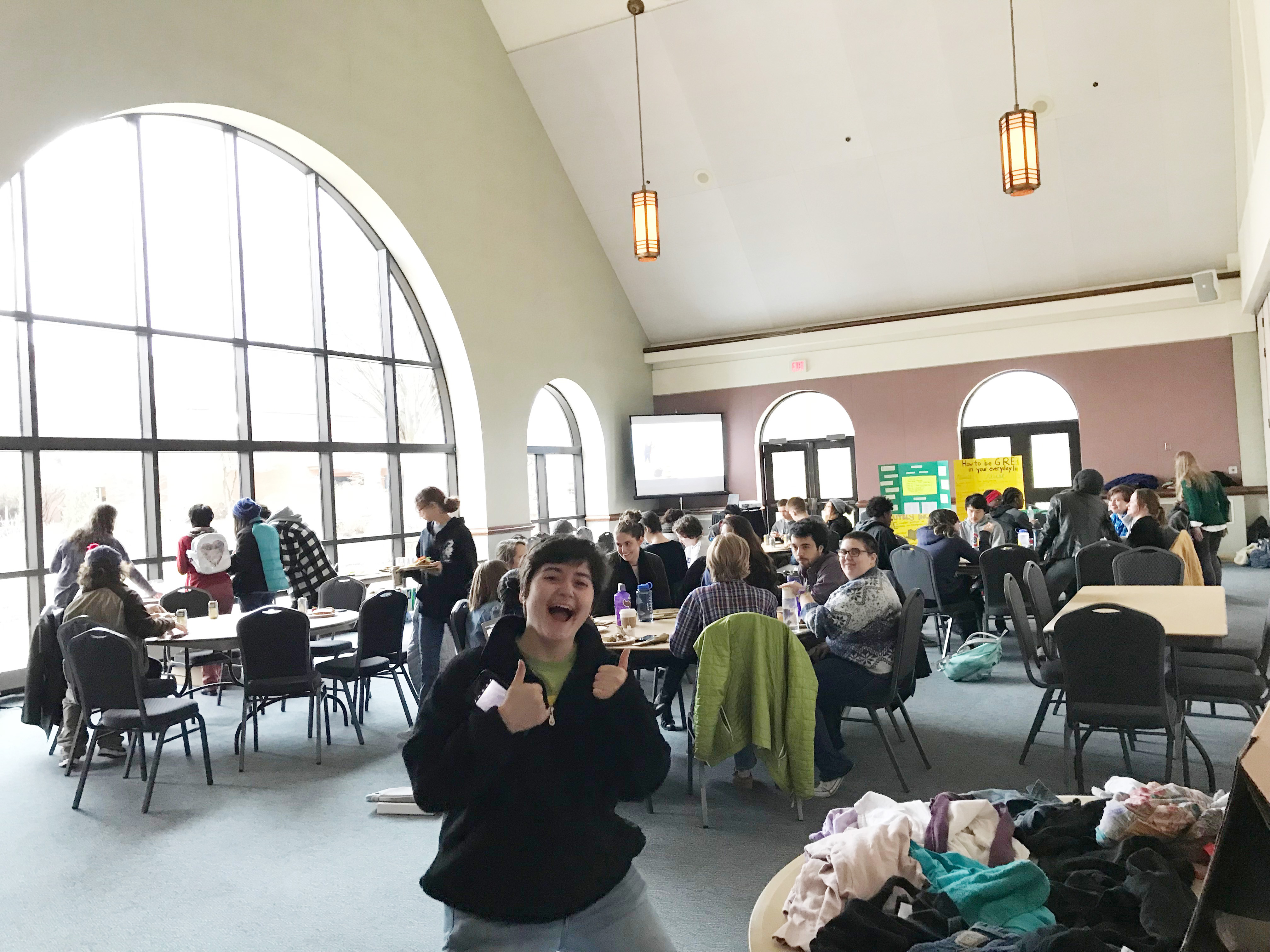
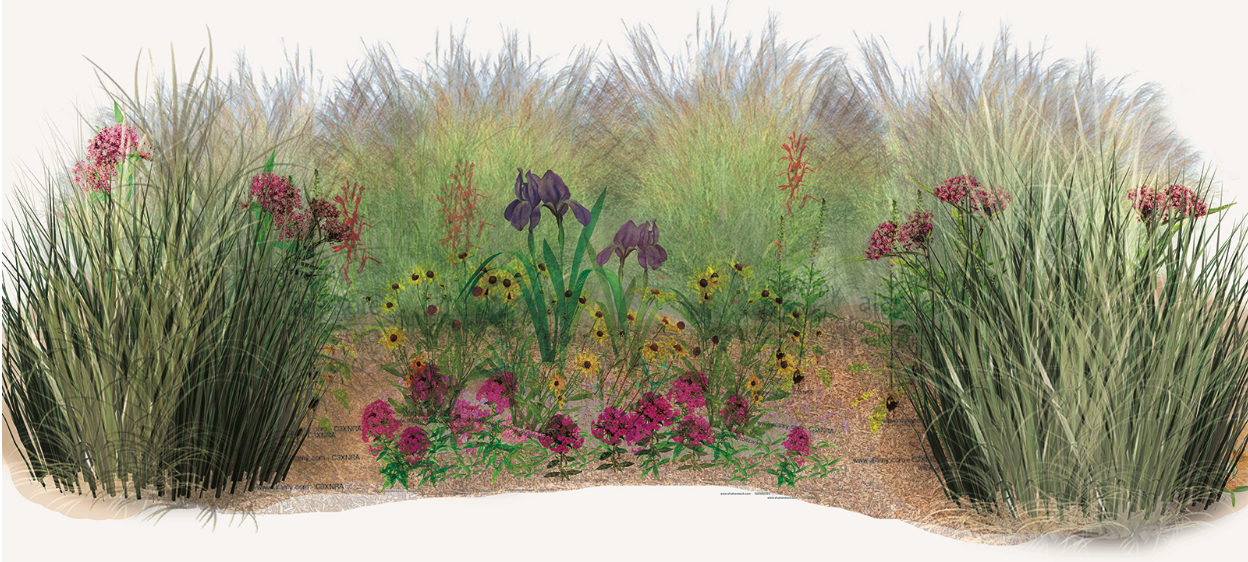
Branch Rickey Rain Garden (Bio-retention) Development on OWU Campus
Participants: Janelle Valdinger (City of Delaware, OWU), Dr. John Krygier (OWU Geography & Environment & Sustainability), Brad Stanton (City of Delaware), Perry Mickley (City of Delaware), Department of Parks and Recreation (City of Delaware), Department of Engineering (City of Delaware), Carolyn Cicerichi (City of Delaware)
Contact: Janelle Valdinger (JValdinger@delawareohio.net), John Krygier (jbkrygier@owu.edu)
This rain garden project is the outcome of an Environment & Sustainability program student project, in collaboration with the campus Sustainability Task Force, OWU Buildings & Grounds, and the City of Delaware.
Ohio Wesleyan University was established in 1842, in one building (Elliot Hall). Elliot was built near a sulfur spring, which flowed into the Delaware Run, near the earliest settlements in the area (upper green oval, below) The proposed rain garden is located along an unnamed stream just south of the sulfur spring and Delaware Run. The stream was buried sometime in the early 1900s. The area was developed as an athletic field for Ohio Wesleyan shortly afterward. Branch Rickey Arena was built on the site in 1976.
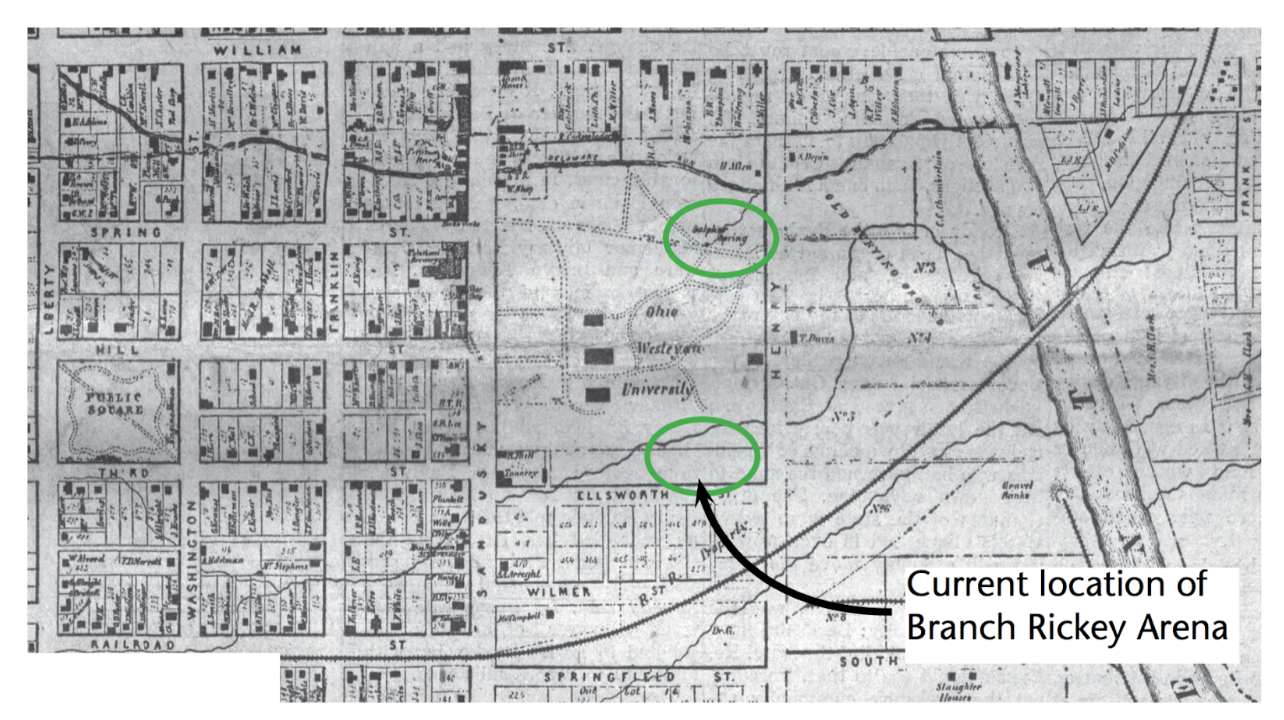
What is a Bio-Retention Cell? MS4 Permit/Storm-water Project: The City of Delaware works diligently to keep waterways healthy. One way this is achieved is through compliance with the Ohio Environmental Protection Agency’s (OEPA) National Pollutant Discharge Elimination System (NPDES) Program. The City has a permit with the OEPA for stormwater discharges, which are generated by runoff from land and impervious surfaces such as parking lots and rooftops. This bio-retention cell helps keep the City in compliance with its permit by treating stormwater pollutants before they reach streams, rivers, and other waterways.
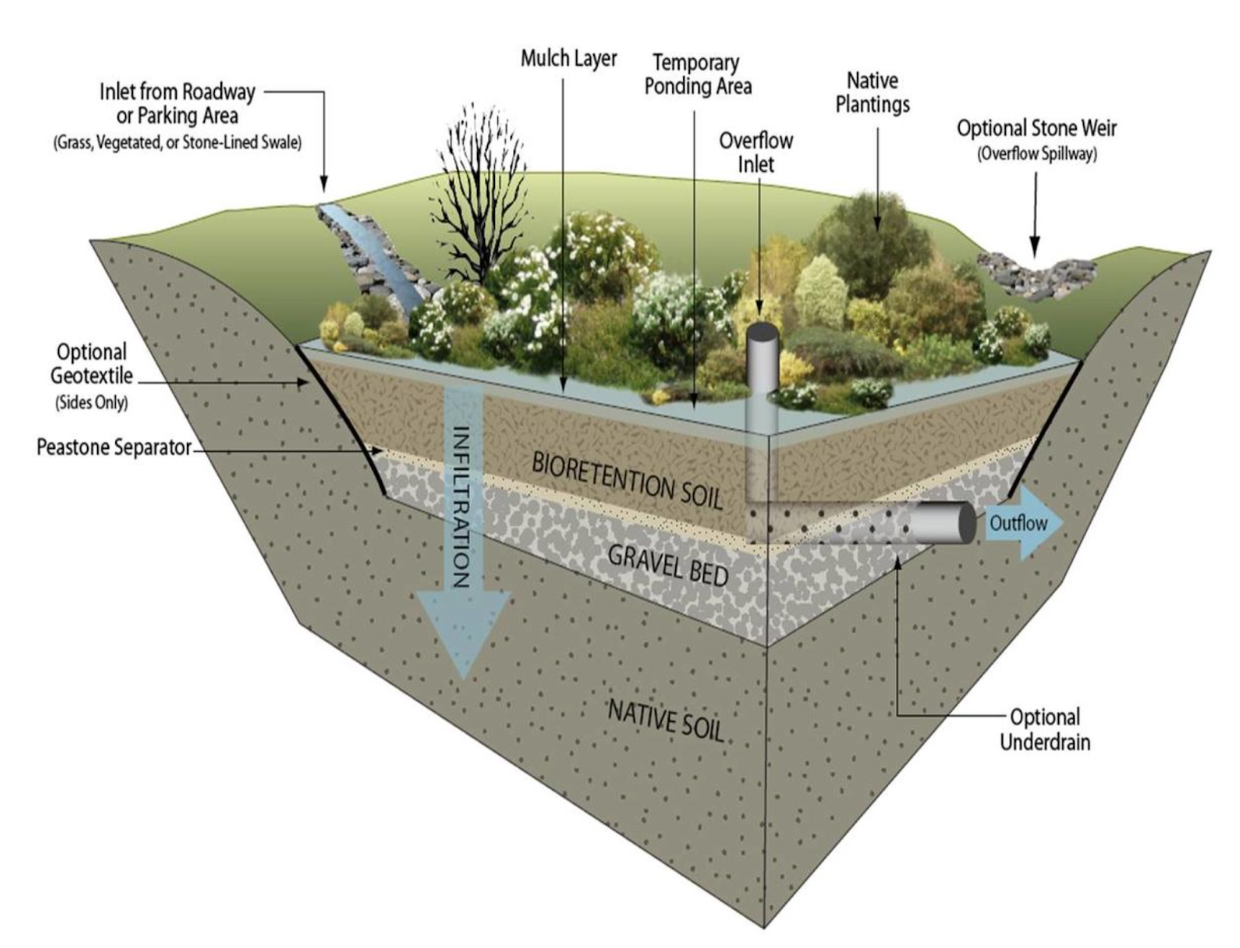
Rain gardens are designed and developed to improve water quality in nearby bodies of water to ensure rainwater becomes available for plants as groundwater rather than being sent through storm-water drains out to local tributaries. Rain gardens have the ability to reduce the amount of pollution reaching nearby streams and rivers by 30%. The purpose of this project is to design and implement two rain gardens located on the north side of Branch Rickey Arena/Gordon Field House.
Two storm basins have were located and inspected by the City of Delaware Department of Public Utilities as approved project sites. Two planning meetings took place with the Department of Engineering, Department of Parks and Recreation, and management to determine the design, layout, plant requirements, grading requirements, and labor needed for the said project. Calculations were made to determine the exact design layout.
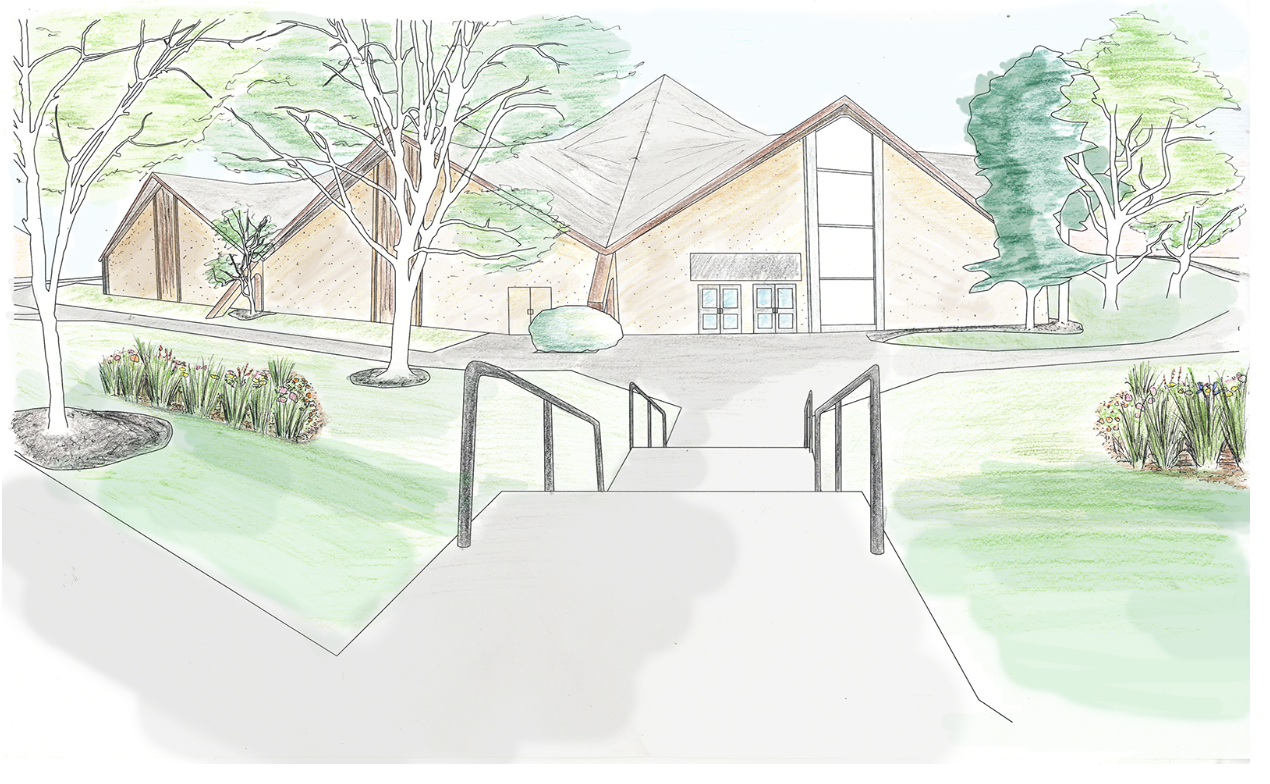
A quote from the City Arborist placed a $12,500 price tag on this project, and the funding was from a City of Delaware grant. OSU Landscape Architecture graduate student Jonathan Stechschulte provided the excellent drawings of the project, which OWU’s administration required before moving forward with the project.

Maintenance after the project has been completed will be shared by OWU’s Buildings & Grounds as well as being part of a semester and summer internship (focused on watershed issues). Interns will monitor, maintain, and report on the rain gardens, along with assisting our Watershed Coordinator and Department of Public Utilities employees with other tasks.
This project is part of a larger effort to create a more sustainable, and green infrastructure within the City of Delaware and especially on OWU’s campus. The possibility of this kind of project spreading to more locations on and around campus is high. Students can come back to this project year after year, choose a single storm basin or a collection of storm basins, create a design and implementation plan, and present it to the Department of Public Utilities. The Department of Public Utilities creates a capital improvement budget, along with a working budget every year to every five years, creating a constant allocation of funds for projects similar to this.
Building the bio-retention cell, Spring 2018:



 |
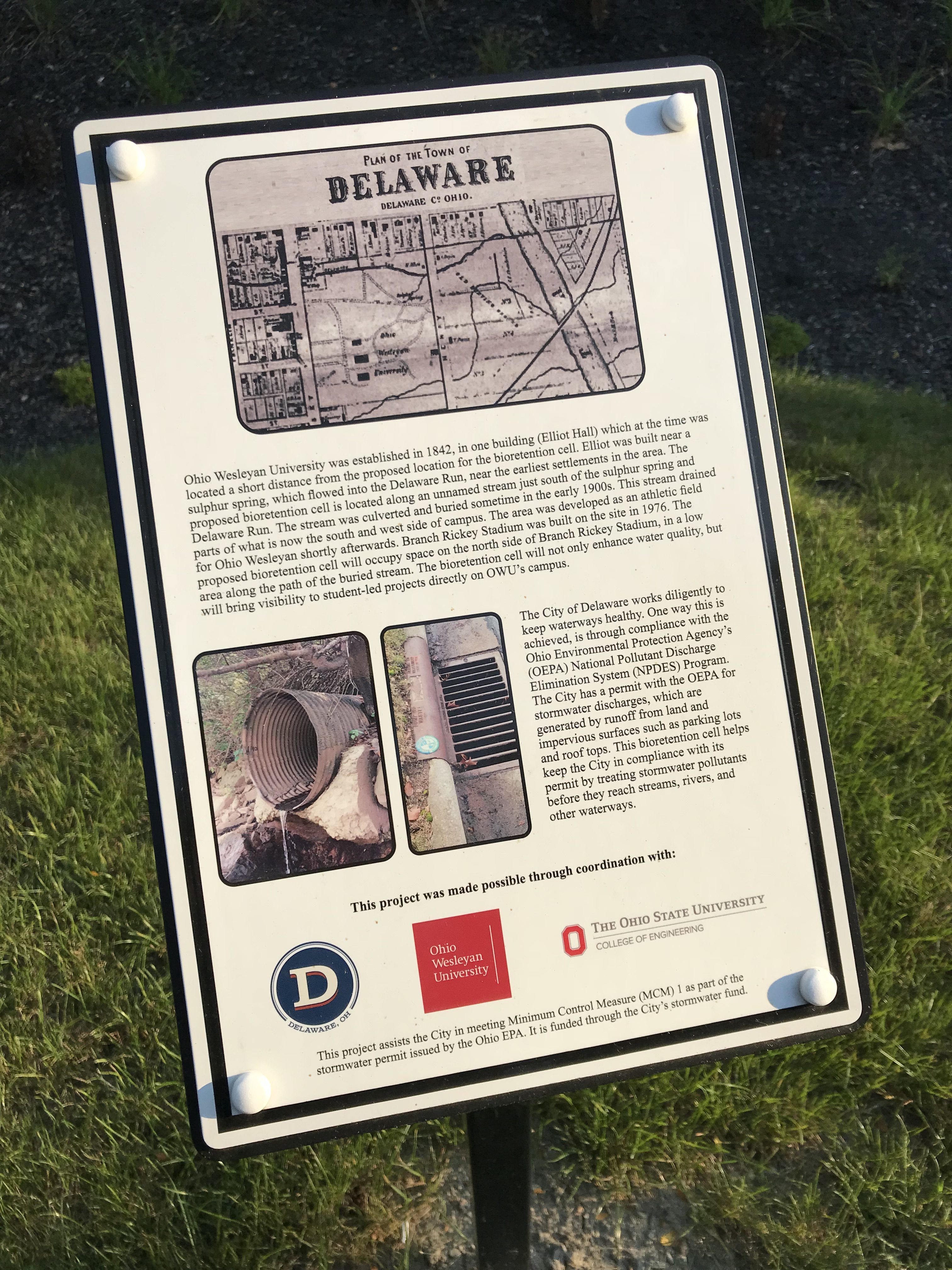 |
Two signs (above) describe the way bio-retention cells work, and the history of the location: a buried stream runs under/near both cells. See the old map of campus (above).

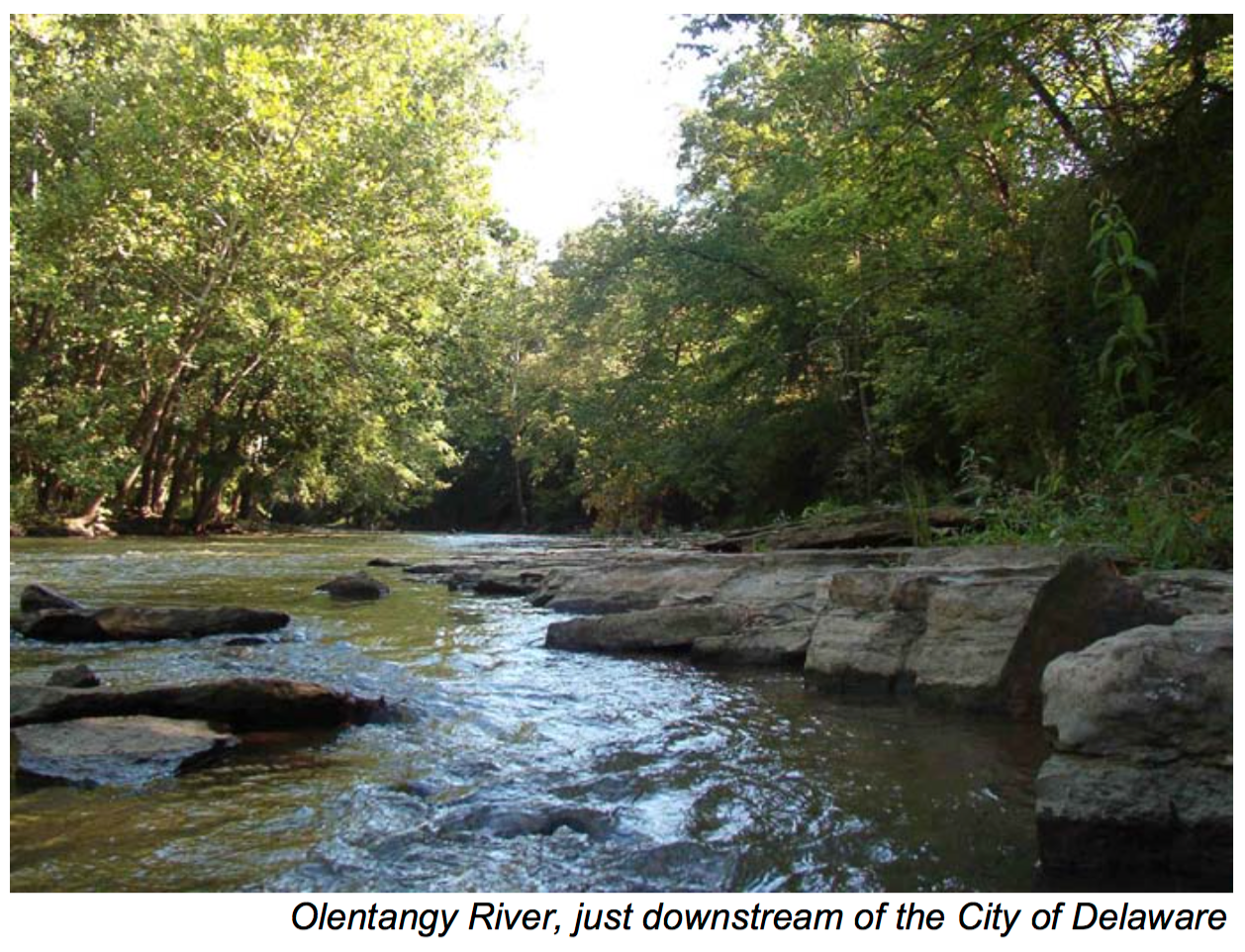
Photo source: Ohio EPA
Organized and Sponsored by:
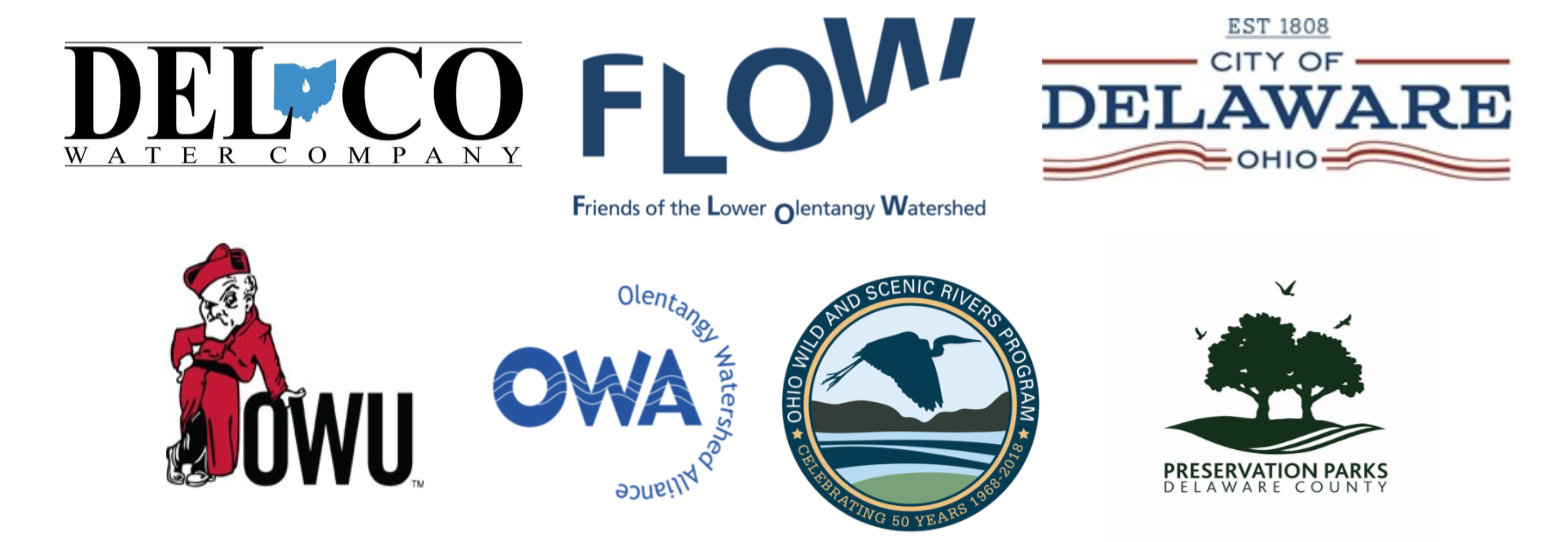
Registration: There is no cost, and lunch is included. Pre-registration requested by Monday, October 1st. To register, please contact Erin Gibson at egibson@delcowater.com or 740-548-7746 ext. 2221.
Where: Ohio Wesleyan University
3rd floor of Merrick Hall: One building west of 50 South Henry St., Delaware 43015
*Parking in Selby Stadium Lot, 45 South Henry St.*
For the past 15 years, the Olentangy Watershed Forum has connected citizens and experts who wish to explore issues that impact the quality of life in the watershed. Please join us for state-of-the-watershed updates by the sponsors listed above along with Delaware Soil & Water Conservation District, the American Kayaking Association, and more! The cost to attend the Forum is free but registration is required. Seating is limited to 70, so walk-ins will be accommodated if space is available. Lunch will be provided. Participants can also expect a short walking tour to the proposed Delaware Run Restoration site.
8:00 – 9:00 Doors open for registration, coffee, and networking session
9:00 – 9:10 Welcome and Introduction – Caroline Cicerchi, City of Delaware
9:10 – 9:50 Delaware Soil & Water Conservation District, “Be the Change for Clean Water”
9:50 – 10:20 Heather Doherty, ODNR Scenic River Program, “Celebrating 50 Years of Ohio Scenic Rivers”10:20 – 10:35 BREAK
10:35 – 11:05 Dr. John Krygier, Ohio Wesleyan University, “Delaware Run Restoration Project”
11:05 – 11:45 Tour – Delaware Run restoration site
11:45 – 12:45 Lunch (included) and Networking
12:45 – 1:05 Jason Kentner, “Visioning for the Olentangy Watershed”
1:05 – 2:25 State of the Watershed Updates
1:25 – 1:40 BREAK
Update from Friends of the Lower Olentangy Watershed (FLOW) by Ryan Pilewski regarding the greenspace planning in the Olentangy. FLOW was formed as a non-profit 501(c)3 in August 1997. FLOW’s mission is to keep the Olentangy River and its tributaries clean and safe for all to enjoy, through public education, volunteer activities, and coordination with local decision-makers.
Update from Del-Co Water by Jeff Kauffman. Del-Co Water Company, Inc. was formed in 1969 and provides quality drinking water to seven counties (Delaware, Morrow, Marion, Knox, Franklin, Union, and Crawford) serving a population of over 140,000.
Update from Preservation Parks by Chris Roshon. The mission of Preservation Parks of Delaware County is to protect and conserve the natural and historic features of Delaware County and to inspire outdoor exploration and learning.
Update from City of Delaware and Olentangy Watershed Alliance (OWA) by Caroline Cicerchi. The City of Delaware works diligently to protect existing storwmater infrastructure as well as the Olentangy River and its tributaries through its Stormwater Management Plan. OWA was formed as a non-profit in April 1999, with a mission to work in partnership with agriculture, urban, and other local communities to understand, appreciate, and responsibly use the Olentangy River, its tributaries, and watershed.
2:25 – 2:45 Sami Spiezio, American Kayaking Association, “Recreational Opportunities on the Olentangy”
2:45 – 3:15 Paul Freedman, City of Columbus, “Columbus Zoning Updates”
3:15 – 3:30 Eric Saas, Ohio EPA, “Rush Run Monitoring”
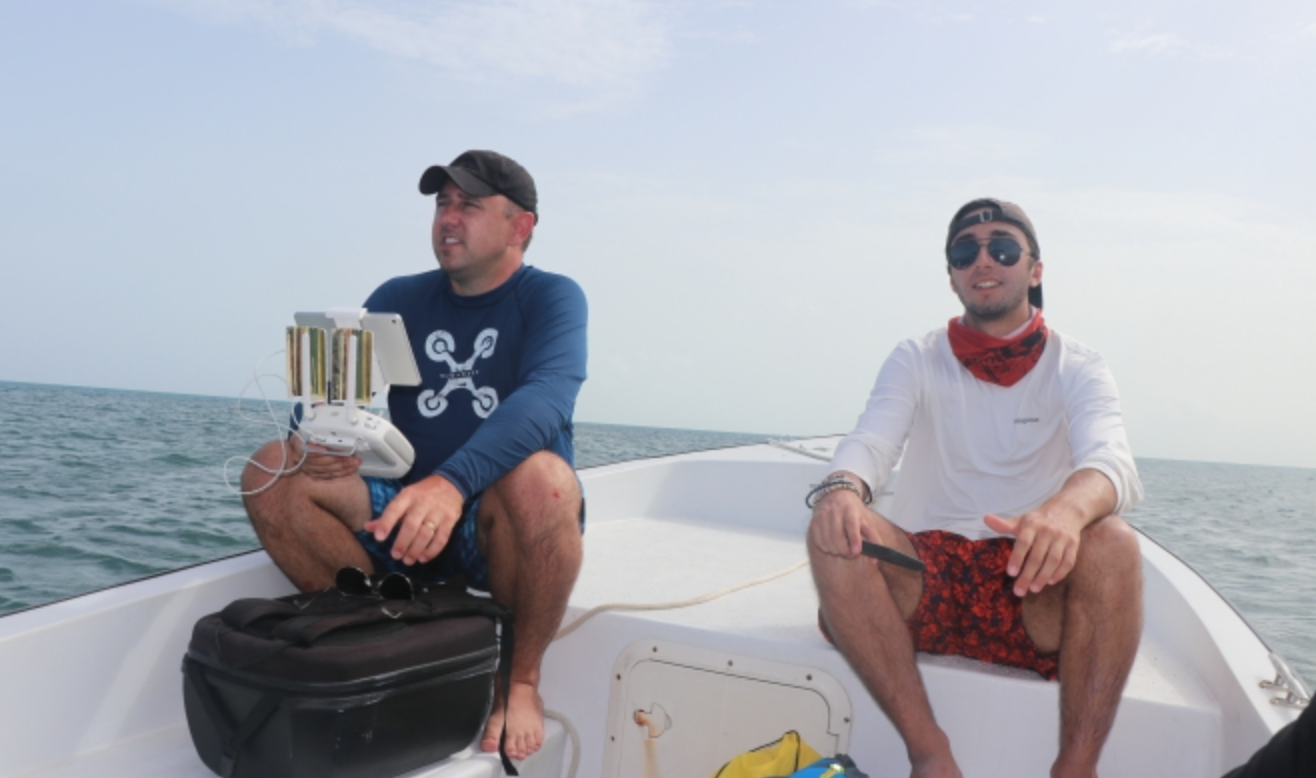
Above: Tim Hawthorne (left) and OWU Geography major Lucas Farmer on a drone survey in Belize. Credit: Citizen Science GIS
Dr. Timothy Hawthorne OWU 2003, University of Central Florida
Thursday, September 20 at 4:10 p.m. in Science Center 163
Abstract: The community is where mutually beneficial research and education outcomes are discovered together through the power of citizen science, maps, apps, and drones. Our work through Citizen Science GIS seeks to engage academics and community organizations/residents in shared knowledge production focused on community-engaged research that benefits real-world communities. In this talk, we unravel the potential of engaging communities and science in meaningful collaboration. We will highlight opportunities to use interactive and visual mapping technologies to share the spatial stories and knowledge of community members around the world to understand some of the most pressing challenges in coastal communities.
Biography: Timothy L. Hawthorne is a 2003 Ohio Wesleyan University alumnus. He is currently an Assistant Professor of Geographic Information Systems (GIS) in the Department of Sociology at University of Central Florida and the State of Florida Geography Steward with National Geographic. He earned his Ph.D. in geography in 2010 from The Ohio State University. He is a broadly trained human geographer with deep interests in citizen science GIS, community geography, qualitative GIS, and critical GIS. Professor Hawthorne is Principal Investigator of the Citizen Science GIS Research Experiences for Undergraduates (REU) Site in Orlando and Belize, funded by the National Science Foundation. He also is an associate editor for both the Journal of Geography and The International Journal of Applied Geospatial Research.
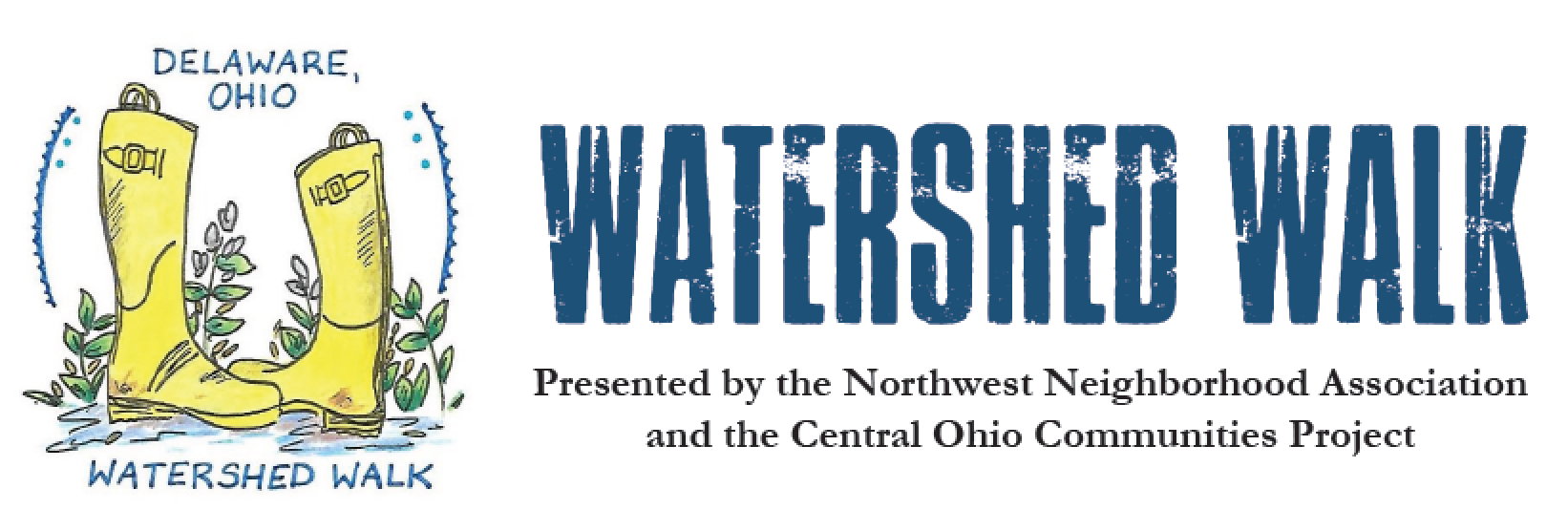
Presented by the Northwest Neighborhood Association and the Central Ohio Communities Project
Forward to anyone you think would be interested.
When: Sunday, September 23, 2018
Mostly hidden and invisible, Delaware Run weaves itself through the fabric of the city and is often overlooked. The walk will shed light on this important natural resource. Participants can choose to do a deep exploration of the run or shorter jaunts along its course. Local scientists and experts will lead our walks and will explore the history, ecology and geologic features of the stream scavenger hunt style. Water quality testing and a stream clean-up will also be done on both walks. After the walks, we will meet at the Boardman Arts Park for EarthDance, a Rivermen concert, and various activities. RSVP for this FREE event: DelawareNNA.org
1:00 pm – 2:20 pm: Long Walk (starting at Olentangy by Selby Stadium)
1:30-2:10 pm: Short Walk (starting at Hidden Valley Golf Course)
2:30 pm – 4:30 pm: Trash weighing and Bingo scoring, gnome creating,
various activities and tables, refreshments
2:30 pm – 3:00 pm: EarthDance 2018
3:15 pm – 4:15 pm: Rivermen concert
4:30 pm: transportation back to cars offered
RSVP for this FREE event: DelawareNNA.org
PDF Poster here.
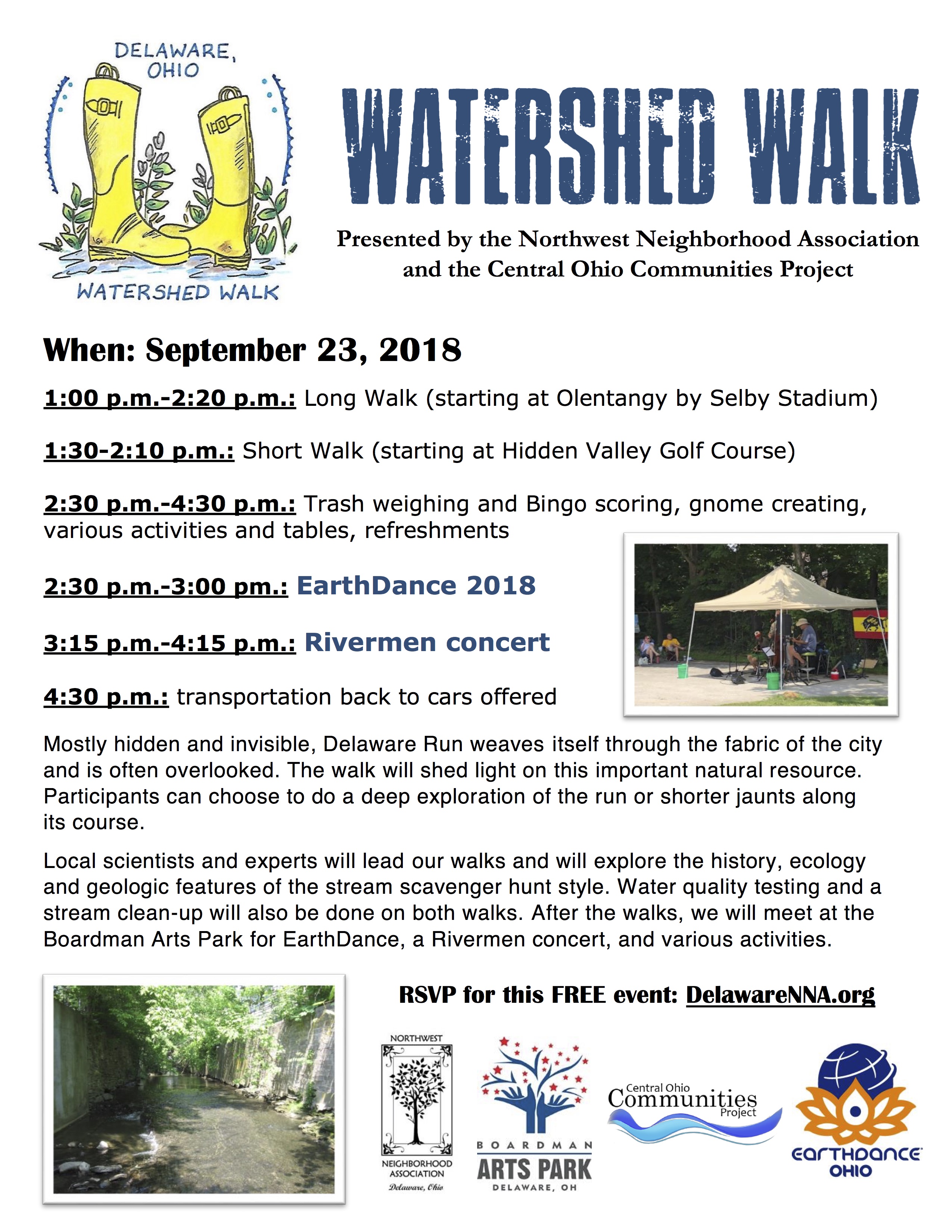
PDF Poster here.
Events planned for OWU’s Green Week 2018: April 16-22
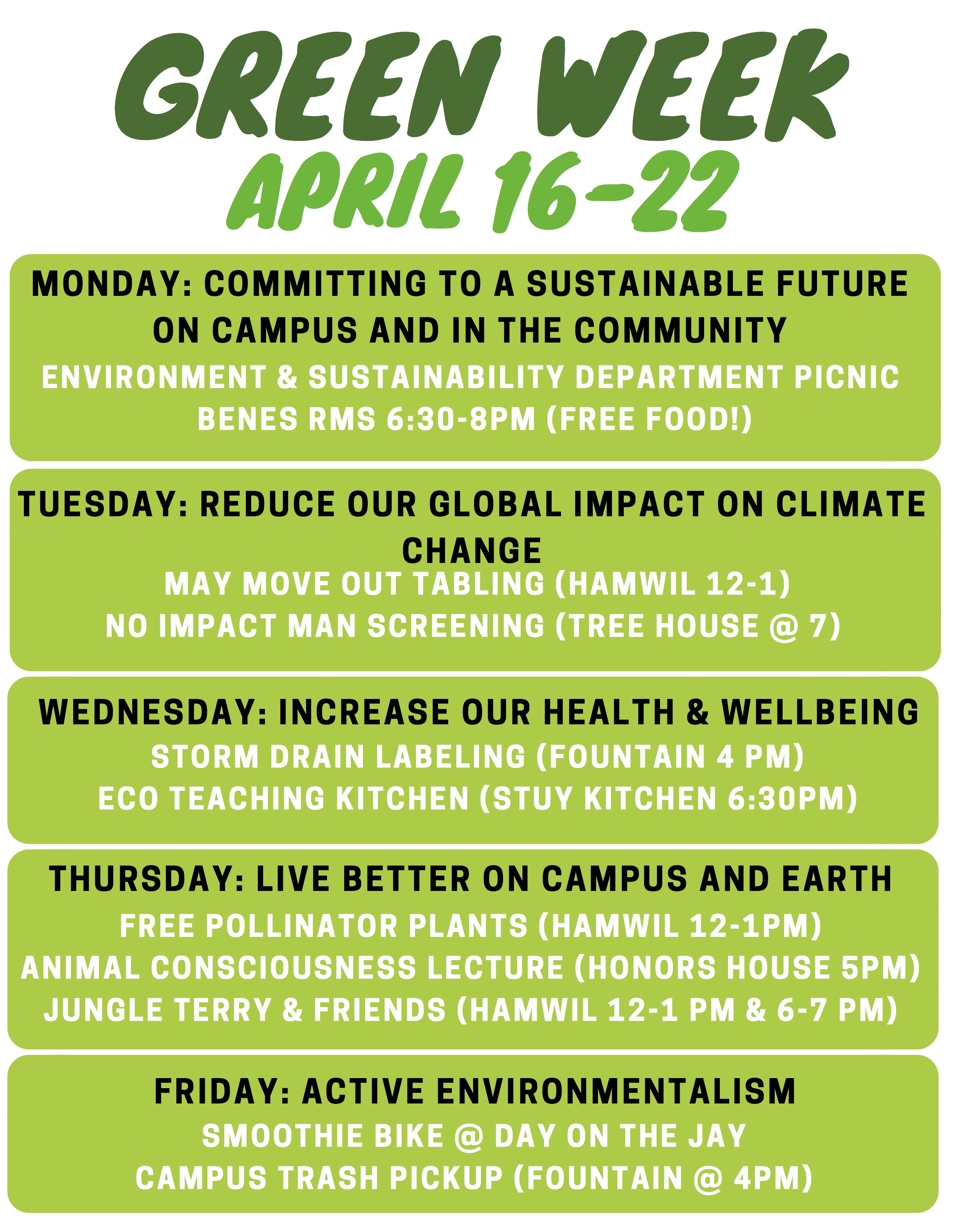
Environment & Sustainability Picnic! Monday, April 16th, 6:30 – 8:00 pm. Lots of fun! Get Earthy!
The monthly Community Matters newsletter is now available. The newsletter is created by the Sustainable Delaware organization. The newsletter is posted here, under the Sustainability in Delaware tab above.
The monthly Community Matters newsletter is now available. The newsletter is created by the Sustainable Delaware organization. The newsletter is posted here, and under the Sustainability in Delaware tab above.
Sustainable Delaware is always happy to have OWU student, staff or faculty involvement. Check their web pages for more information.
A free, day-long meeting about earth’s climate at Ohio Wesleyan, Saturday, March 31, 2018
Free: Please RSVP here for the event next weekend.
Looking forward to seeing you all there!
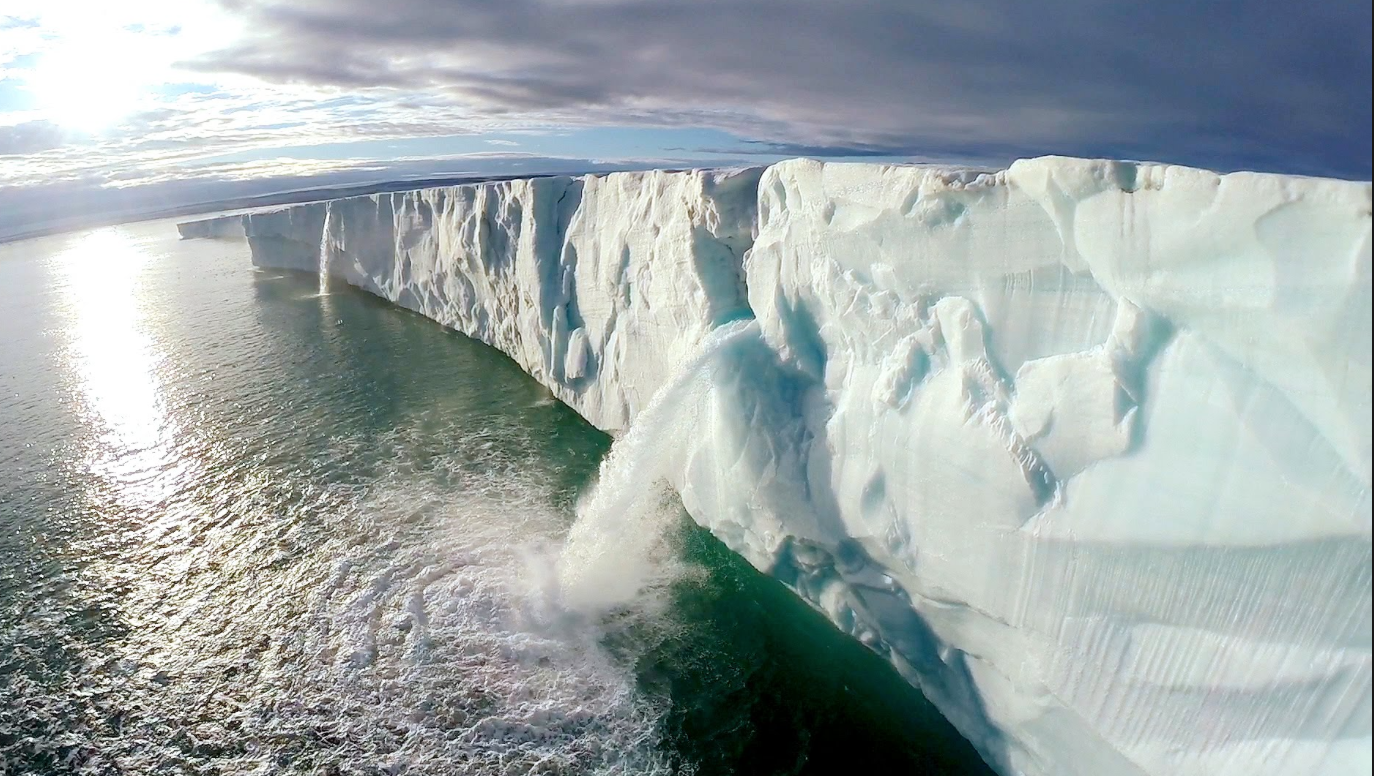
Climate Change: What We Know, and What We Can Do
Saturday, 31 March 2018
2nd and 3rd Floors of Merrick Hall
Ohio Wesleyan University
Summary: The Anthropocene, the era in which humans have become the dominating factor to the global climate, is a period in the geologic history. For decades now, the public has heard of the phrases ‘global warming’ and ‘climate change.’ What continues to remain a challenge is the public’s understanding of the processes associated with the current global phenomenon. This workshop, supported by the Mellon Foundation, is an attempt to bring together climate scientists, industry, the public, and our academic institutions into one space to communicate what it means to be living in the Anthropocene. What do we know about it and what can we do about it? We seek to build long-term collaborations and help prepare a new generation of community members and scholars to address these concerns.
Preliminary Schedule
9:00-9:30 Check-in
9:30-9:45 Opening Remarks
9:45 – 11:15 Short Talks (with break)
11:15 – noon Keynote Speaker: Dr. Christopher Karmosky, SUNY Oneonta
Noon – 1:00 Lunch
1:00 – 3:30 Workshops
3:30 – 4:00 Closing Remarks
We are looking for 1 – 2 persons to volunteer to be moderators of the short workshop groups (approximately 6). The idea here is for people to gather by interest and work on defining an agenda or outcome of the workshop. Moderators would be tasked with taking notes and making sure the group is on task. There will be modest financial compensation for moderators.
Please RSVP here ASAP. If you have any question, feel free to ask Dustin (dsbraden@owu.edu) or Nathan (nsamador@owu.edu).